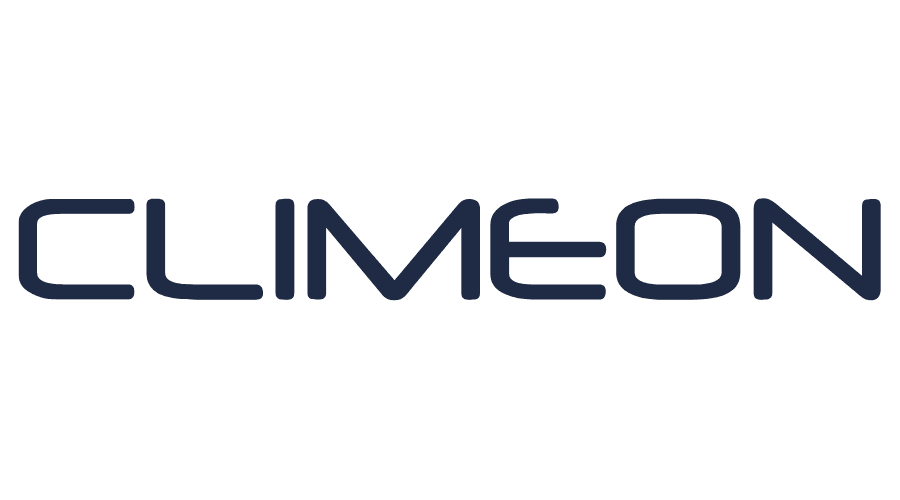Even tougher SOx emission restrictions are already in place since 2015 in SECA (Sulphur Emission Control Areas) with a max Sulphur content of 0.10% m/m. SECA zones include the Baltic Sea, North Sea and most of US and Canadian coastlines.
Ship owners around the world now need to adopt solutions to lower the exhaust emissions and improve fuel efficiency. In this article I will briefly describe some of the options that the ship owners have in order to meet these new emission regulations. The article covers: Fuel alternatives, Scrubbers, Waste Heat Recovery, Batteries and Fuel Cells.
Fuel alternatives
There are several fuel alternatives to the typical high Sulphur Heavy Fuel Oil (HFO). These include Liquefied Natural Gas (LNG) and Marine Gas Oil or Marine Diesel Oil (MGO). The main factors determining the use of new fuels is the fuels energy density, storage, and cost.
LNG ships utilize liquefied natural gas that is stored at temperatures of -162 °C. LNG is a clean fuel compared to HFO with 100% reduction of SOx emissions and 90% reduction of NOX emissions. The overall energy density of the fuel is comparable to HFO, and is typically traded at a price similar to MGO, which today is about double the price compared to HFO. Another environmental benefit with LNG are the CO2 emissions which are about 25% lower than HFO and MGO. What must be noted here is that methane leakage from LNG has a negative impact on global warming and the consensus in the industry seems to be that the benefit from switching from HFO to LNG is rather on the order of 10% from a global warming perspective. The largest hurdle for adopting LNG is the capital cost needed for the infrastructure in ports and retrofitting current ships is also expensive and not all shipyards can make LNG ships. Overall LNG can lead to an almost 100% reduction of SOx, NOx and in particulate 10% of CO2 equivalent emissions. As MGO prices are likely to increase when demand rises in January 2020, the operational cost of LNG can be as much as 35% lower compared to MGO.
Marine Gas Oil (MGO) is a distillate fuel. It has a lower viscosity than HFO and only contains 0.10% m/m. Switching is a straight forward solution and MGO can already be used in most HFO systems, although minor adjustment in auxiliary equipment is needed in some cases. The downside is that MGO is significantly more expensive where the average price of MGO is almost double compared to HFO.
Scrubbers
In essence, exhaust Scrubbers expose the exhaust gas to a water spray to scrub out SOx emissions. There are three primary types of scrubbers: open-loop (a once through scrubber using seawater), closed-loop (a recirculating scrubber using alkaline) and hybrid system that can utilize one or both at a time. Scrubbers can be installed on current ships, and are estimated to reduce black carbon emissions to the atmosphere anywhere from 25 to 70 percent. The main objection to scrubbers, apart from the high upfront investment, is the fact that it doesn’t reduce Sulphur, it merely transfers it from the atmosphere to the sea.
Overall a low oil price, favors the options with the lowest capex, Marine Gas Oil, while a high oil price makes the solutions that requires a higher capex, Scrubbers or LNG, more attractive.
Waste Heat Recovery
The efficiency of a ship’s combustion engine is usually between 30-40%, about 50 % of the total fuel energy is lost in the combustion as heat to the surroundings. Typically, the heat was viewed as low quality and could not be captured. However, new systems have been engineered to convert this waste heat into electricity at high efficiency. One example is the Climeon Heat Power system that can convert waste heat into electricity, resulting in fuel savings.
Recovered heat can also be converted into cooling using absorption chillers. This serves to reduce the amount of electricity consumed by the traditional chillers for cooling. It is a technology that has been adopted in some passenger ships such as cruise ships. The benefits are reduced fuel consumption and the downsides include size and weight. Furthermore, as conventional chiller’s COP (Coefficient Of Performance) is constantly increased, the benefit of the absorption chiller is consequently decreased.
Fuel Cells
Fuel cells is an alternative to reciprocating engines. If powered directly by Hydrogen they produce electricity with water as the only by-product without any Sulphur or other emissions. Due to the complexity (high pressure) and safety aspects (highly explosive) to bunker hydrogen it is currently not feasible on ships. However, with a reformer onboard hydrogen can be produced from LNG or Methanol and fed directly to the fuel cells without bunkering large quantities of hydrogen. The fuel to electricity efficiency of a fuel cell can be as high as 60% and herein lays the benefit compared to a reciprocating engine which typically has an efficiency of about 40%. Trials with fuel cells on ships have been made with reformer together with Methanol and LNG. Current barriers in fuel cell use is cost and size, they cost more and are larger than traditional diesel generators. However, I believe that with the current pace of development, Fuel cells will play an important role to move the Maritime industry towards a more sustainable future.
Batteries
Li-ion batteries on ships are charged while in harbor, using the more efficient city power plant or renewable energy on land. The use of Li-ion batteries has increased due to a decrease in battery price, increase in energy density and increasing fuel costs. The barriers in using batteries come from the high capital cost and short life cycle when compared to a diesel generator.

